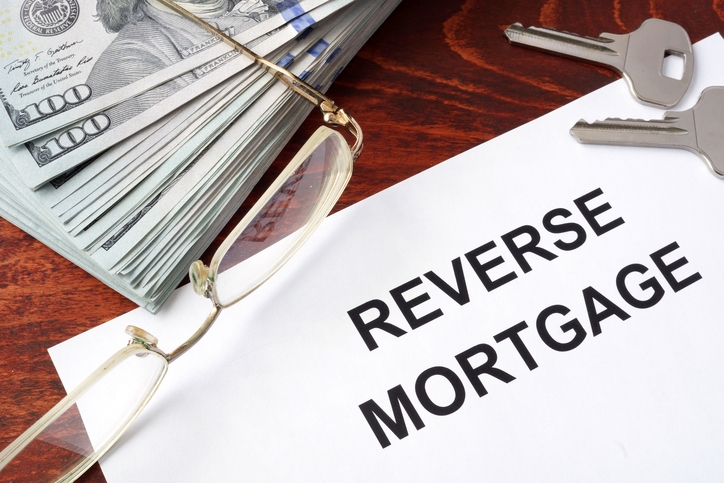Senior Home Equity Rises by $135 Billion-Plus in Q2

Housing wealth continues to grow for U.S. homeowners ages 62 and older, providing seniors with added financial security in their retirement years, according to the National Reverse Mortgage Lenders Association (NRMLA), who reported that the aggregate value of senior home equity reached $5.9 trillion in the second quarter of 2016, a gain that propelled the NRMLA/RiskSpan Reverse Mortgage Market Index (RMMI) to a new peak of 212.45 from 207.60 in Q1 and an 8.7 percent year-over-year increase.
First published in Q1 2000, when senior home equity totaled $2.38 trillion, the RMMI was benchmarked at 85.47. The index initially peaked at 182.26 in Q1 2006 before declining through Q1 2009, when senior home equity dropped to a trough of $3.48 trillion and the index fell to 125.08.
Since that time, the housing recovery and growing population of senior homeowners have contributed to an upward trajectory for the RMMI. In Q2 2016, senior home values reached $7.4 trillion while senior-held mortgage debt increased by $10.75 billion to $1.48 trillion.
“Healthy improvements in the housing sector are creating more financial options for senior homeowners who want to stay in their home as long as possible, but who may need to make structural modifications or coordinate care services to manage living there safely and independently,” said NRMLA President and CEO Peter Bell.
According to Healthy Aging Begins at Home, a May 2016 report from the Bipartisan Policy Center’s Senior Health and Housing Task Force, most homes are not currently set up to meet the daily needs of aging residents. While a range of modifications and long-term support services are available to seniors, many are cost prohibitive for low- and middle-income households. Home health aide services, for instance, have a national median cost of $41,600 a year, while lowering countertops could cost between $1,650-$4,000.
The BPC Task Force suggests that home equity, which can be accessed with a reverse mortgage among other financial instruments, offers owners a potential source of capital to cover necessary expenditures and enable them to age in place.
“Incorporating home equity into a retirement funding stream with a reverse mortgage is not a new idea, but important new protections for borrowers have regenerated interest in this strategy, which can help more seniors afford the tools to live safely in their homes for a longer period of time,” said Bell.





